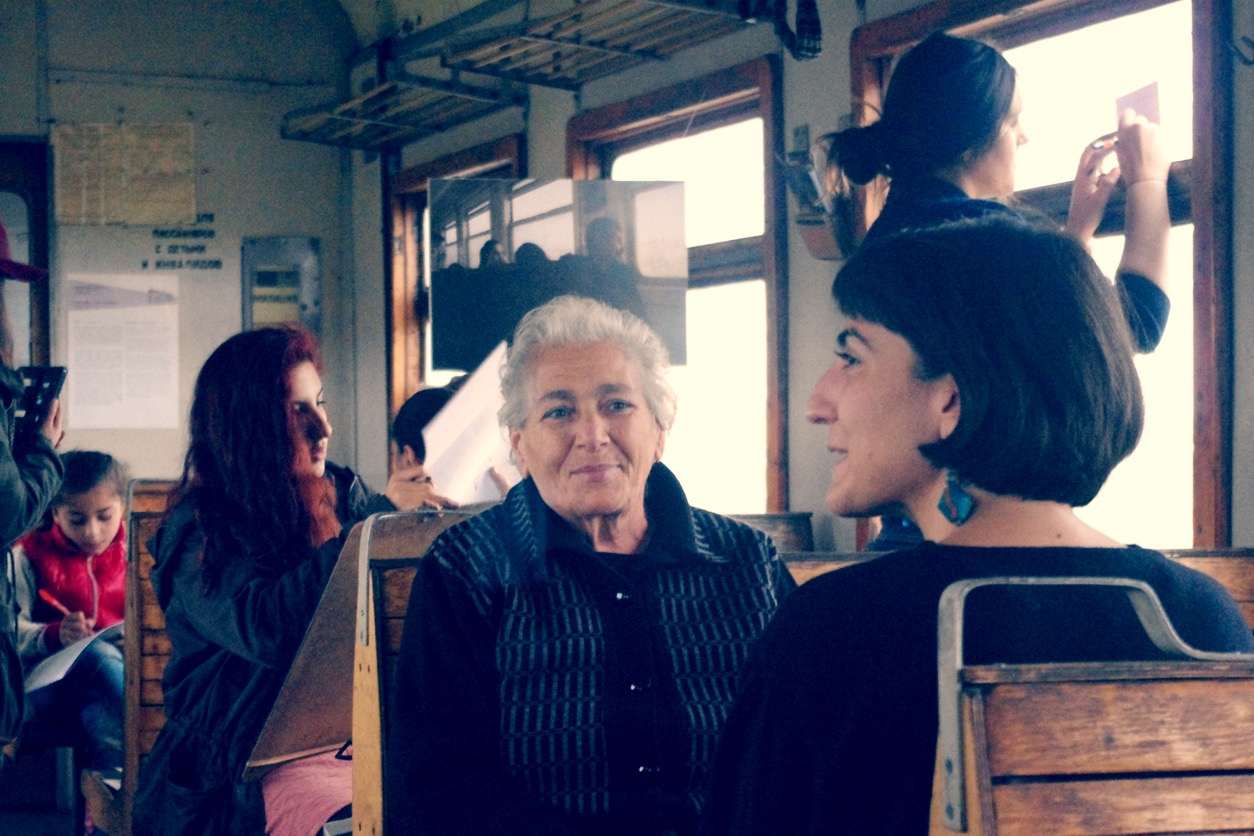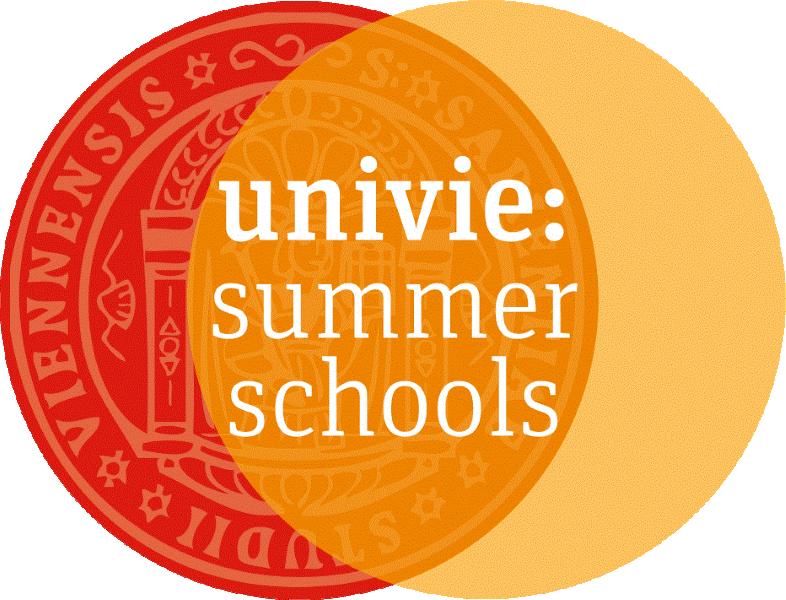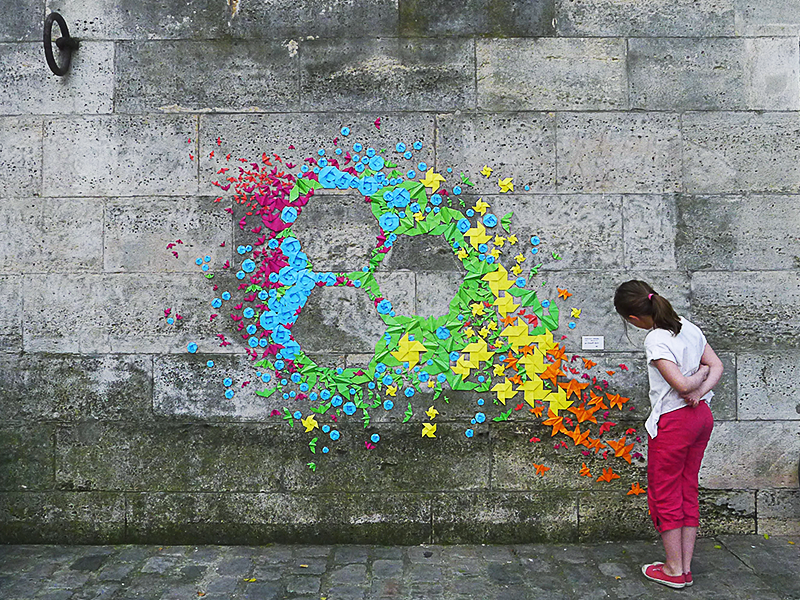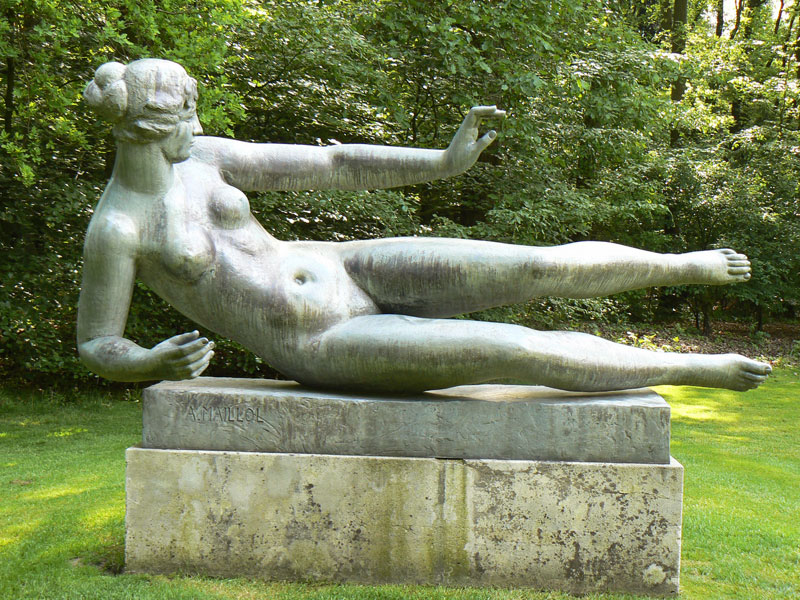
In Motion: Bringing art to train passengers in Armenia
The origins of a crazy idea - why set up an art show on a train?
Most people don’t go to gallery openings. It is true in Armenia, as it is in other parts of the world. Many a cultural venue struggles with the issue of community engagement. How to make our gallery, our art institute, our theater known to the general public? How can we reach beyond the dedicated theatre-lovers and art enthusiasts, collectors, and reach out to people who usually don’t have access to cultural venues?
While there can be a financial barrier in terms of access to culture, we also found that there is such a thing as a psychological barrier, something along the lines of “I don’t know anything about art”. While entrance may be free and open to all, many people simply don’t think there’s anything for them in art galleries, museums or performance venues.
We’ve been thinking about this issue a lot since last year when we founded HAYP Pop Up Gallery - the first nomadic contemporary art gallery in Armenia. Pop-up galleries have tremendous amounts of what one may call “engagement potential”; as we move from one empty place to another, from one neighborhood to the next, we find ourselves on the passerby's way to work, or home.
Whenever it was possible, we tried to set up exhibitions in accessible locations that would encourage walk-ins: places on the ground floor, where the art was visible from the street.
In October, we decided to go a step further. The idea of setting up an exhibition out of the capital city of Yerevan had been stirring in our minds for quite some time, and we had views on Gyumri, Armenia’s second-largest city. Upon learning of another great cultural event was happening in Gyumri at the end of the month, we decided to change our course of action and started planning for a project that would take place directly on the train linking Yerevan to Gyumri.
We envisioned “In Motion” as an art installation and a series of artistic performances in the train that links Yerevan and Gyumri. The aim would be twofold: bring art to train passengers, and encourage Yerevantsis to visit Gyumri and attend other cultural events there.
The Yerevan-Gyumri train is by no means the favorite transportation method between the two cities. Although a one-way train ticket costs only 1000 AMD (or 2 euros), the slightly-more expensive marshrutkas allow you to reach your destination faster. Many of the train passengers, therefore, choose to travel by train mostly because the empty benches allow for more space to stock their fruits and vegetables. They ride the train twice a day, from their own village in Shirak or Armavir, to the markets in Yerevan.
The train itself has an old soviet-era charm to it, with its wooden benches and bright green wagons; for us, it was a perfect location for a pop-up exhibition.

Curating a moving exhibition
The South Caucasus Railway gave us permission to set up a temporary art installation in three wagons. Each of those had a specific art installation to it and hosted different performances – from contemporary dance to acoustic concert, opera singing and performance art.
The art installation in the first wagon, that we titled “The Nest” was the result of collaboration between artist Lilit Markosian and the HAYP team. A thousand paper cranes were suspended from the ceiling, symbolizing hope and peace. The idea stems from an ancient Japanese legend, according to which folding 1000 paper cranes brings good luck, good health, or grants you a wish.
In the past years, paper cranes have also come to symbolize peace through the story of Sadako Sasaki, a young Japanese girl who was diagnosed with leukemia as a result of the Hiroshima atomic bombing, and attempted to make one thousand paper cranes in the hope to recover.
In this ephemeral traveling installation, train passengers were invited to leave positive wishes in their own origami cranes that they could add to the sky of birds. To encourage people to participate, origami paper and instructions were available, and the more dexterous ones took it upon themselves to show others how it was done.
To curate the art installation in the second wagon, we collaborated with the TUMO Center for Creative Technologies. The Tumo center is a state-of-the-art learning center where the youth can learn anything related to art and technology, through workshops on animation, film-making, web-design or game development. Setting up in the first, and most ancient wagon of the train, they put together an amazing photography exhibition titled “218 Minutes: A Moving Snapshot”. All the photographs featured in that wagon were taken by TUMO students last summer, as part of a photography workshop led by international food photographer John Lee.
During their workshop, Tumo students were asked to photograph their food’s journey, from the Armenian countryside to their plate. In that particular pictures series, they captured beautiful portraits of passengers riding the train alongside their fresh fruits and vegetables.
By a happy coincidence, it turned out that the first wagon of the train was also… the only one without central heating. Although this was seen as a major inconvenience by most passengers, who preferred the warmth of the other wagons, it also meant that the fish-carrying passengers all came to the Tumo wagon, and were happily surprised to find themselves and their acquaintances the subject of a photography project.
On the importance of mediation
Clear and efficient mediation is a must-have for any successful art endeavor, so that the performance or the art installation are made understandable to the public. I would say the stakes are even higher in the context of a pop-up gallery, where we (gently) take over people’s familiar spaces.
This was certainly an unexpected place for an art exhibition, not to mention experimental dance performances, an a capella concert and a participatory folk music gig. This is why we took the time to do a short announcement at the beginning of each ride and go from one booth to the next to explain the concept the passengers; introduce ourselves and the artists, and tell them about the performances’ schedule for the day.
The reactions were overwhelmingly positive. Most of the passengers wanted to know more - why we were doing this, what was the meaning of that performance, and if we would do it again in the future.
“This brings so much joy to the train!” said one elderly woman, who was riding the train with boxes full of fresh vegetables. “You should do this once a month,” said another.
Some of the performances along the ride were experimental while others were more self-explanatory. On Saturday, October 31, when passengers saw three young people climb on the benches with an accordion and a guitar, they instantly pulled out their phones to record the concert. Later that day, the entire wagon went silent as a well-dressed young man stood up and started singing Italian opera in a deep, baritone voice.
We had enlisted two different groups of young artists: art students from Gyumri, and from the Yerevan Fine Art Academy, to do a live-sketching performance on the train. All of them approached passengers with a smile to ask for their permission before sketching them, with pastels, watercolor or pencils.
One of our performers rode the train several times, inviting passengers to read two short stories from the 1920’s, presented in a beautifully designed, vintage newspaper, complete with old-fashioned ads and illustrations. The aim behind the project was to let people think about their own context while reflecting on stories written decades ago about the very train they were sitting in.
The transformative power of art
Logistically, this was the most complicated project we had undertaken so far in Armenia, with three different art installations to curate, and over fifty artists and performers to coordinate with… But the positive feedback we received from the passengers, as well as from performers, was heartening.
“In Motion” was a success, as it definitely added a spark in the traveler’s journey, and allowed performers to reach a public they might otherwise not have.
When we saw passengers starting conversations with their friends, and then with total strangers, to discuss the meaning of the performances they had just witnessed, it comforted us in the belief that art really has the power to build bridges between people.
We are hopeful it also encouraged some of the participants to see their daily spaces differently and to look at the creative potential they hold. If we can set up an art gallery on a train, and organize a series of performances along the ride, think about what could be done in all those empty front stores, run-down buildings and abandoned factories around Armenia. The city is our gallery - our motto never rang truer than when we actually left Yerevan, in an ephemeral art gallery moving on tracks to spread the word (and the art) around Armenia.




